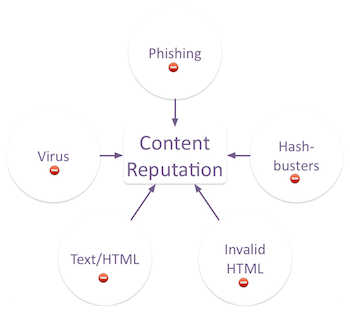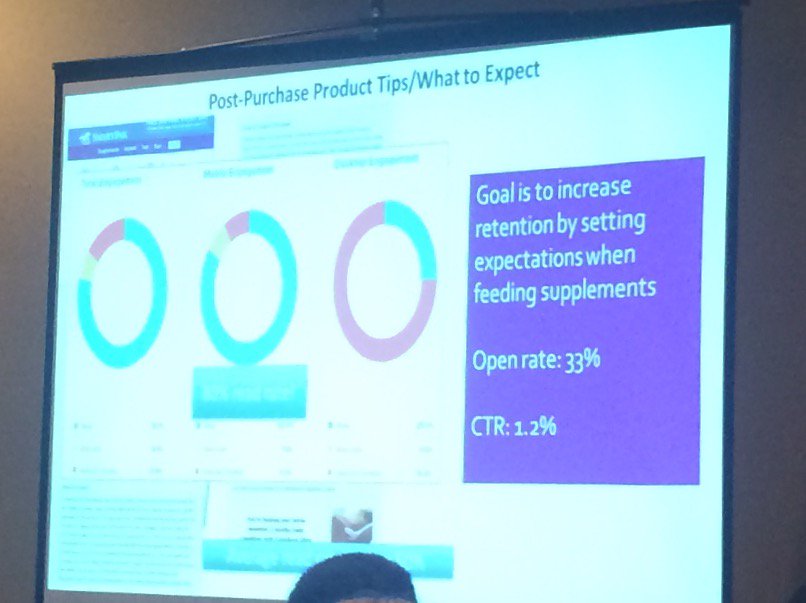Are you blocking yourself?
One thing that catches me up with clients sometimes is their own spam filters block their own content. It happens. In some cases the client is using an appliance. The client’s reputation is bad enough that the appliance actually blocks mail. Often these clients have no idea they are blocking their own mail, until we try and send them something and the mail is rejected.
Typically, the issue is their domains are the problem. We mention the domains in email, and the filters do what filters do. We work around this by abbreviating the domains or calling, it’s not a big deal.
It’s a great demonstration of content filters, though. The content (the client’s domain) is blocked even when it comes from an IP with a good reputation. In fact, with Gmail I can often tell “how bad” a domain reputation is. Most mail I send from WttW to my gmail address goes to the inbox, even when the client is reporting bulk foldering at Gmail. But every once in a while a domain has such a bad reputation that any mail mentioning that domain goes to bulk.
Most folks in the deliverability space know the big players in the filtering market: Barracuda, Cloudmark, ProofPoint, etc. Those same people have no idea what filters their company uses and have never even really thought about it.
Do you know what filter your company is using to protect employees from spam?


